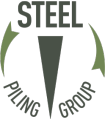Universal bearing piles
Universal bearing piles are H-sections produced on a hot rolling mill- hence their name. They are essentially the same as universal column sections, except that they have uniform thickness throughout the section. (See figure).

Universal column sections are made in numerous qualities of steel, including S275, S355 and S460 steel to BS EN 10025 and BS EN 10248. (as in SDM 7th ed.).
Tubular piles
Tubular piles have been used as foundations for offshore steel frame structures for over 70 years, since oil platforms were first required in the oil fields of Lake Maracaibo in Venezuela in the 1920s. Initially, spare oil pipe was used out of convenience but, as the supporting structures became more sophisticated, the cold rolling of piles in structural plate to project-specific diameters and wall thicknesses became more common.
Purpose rolled tubular piles are particularly expensive, but high quality steel line pipe that is perfectly suitable for piling is available throughout.
Line pipe is of course manufactured to a different material specification to that for structural steel, but its properties are suitable for most structural applications as well. The cold-rolling process produces consistently higher yield strengths than those of hot-rolled steel products and this can have significant benefits for highly loaded bearing pile and structural column-pile applications, and can permit harder driving.
The most arduous criteria for the selection of a section are often the accommodation of high driving stresses during installation and the resistance to lateral loading shear forces in service without inducing plastic deformation in the section.
Steel tubular piles have a high stiffness and are therefore also suitable for sites where it is necessary to transfer bearing loads into buried rockhead.
Steel tubular piles are produced as line pipe to API 5L Grades X52 up to X80. In addition, spirally welded tubular piles to EN 10204 are manufactured in Europe. These can be up to 3m in diameter and up to 25mm in thickness.
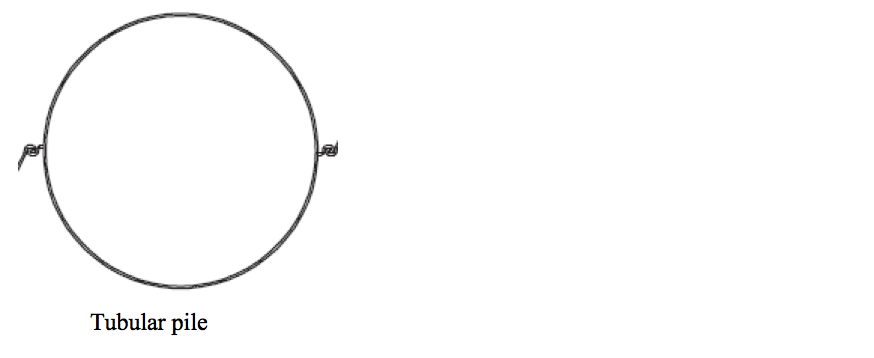
Sheet piles and box piles
Steel sheet pile section walls are increasingly used for bearing pile applications and in combined loading situations.
Applications for permanent sheet pile walls in bearing are used in basements, underground carparks and bridge abutments. (Sheet piles are discussed further in steel sheet pile section).
Box piles are formed by welding two or more sheet pile sections together. Both U and Z sheet pile sections can be used. They can be introduced into a line of sheet piling at any point where local heavy loads are to be applied, for instance beneath bridge beams, or used separately. They are clutched together with adjacent sheet piles and can be positioned in a sheet pile abutment so that its appearance is unaffected.
U sheet pile box piles are formed by welding together two sheet pile sections with continuous welds and Z sheet pile plated box piles are formed by continuously welding a plate to a pair of interlocked and intermittently welded sheet piles (see figure below).
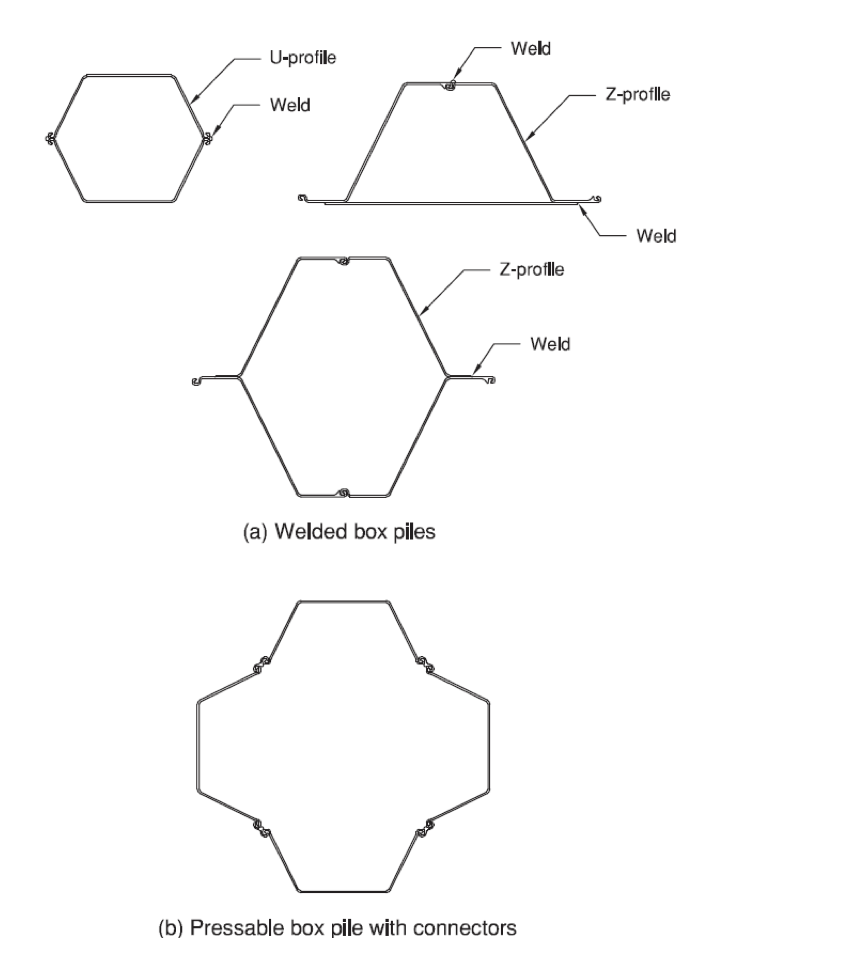
Special box piles can be formed using other combinations of sheet piles. Further information can be obtained from steel manufacturers.
Sheet Pile Load Bearing Foundations
The development of rolled corner sections has enabled a new generation of bearing pile to be created. By interlocking a number of sheet piles with the same number of Omega bars a closed tube results which can be driven into the ground sequentially. Using equipment that installs piles without noise and vibration, the ability to drive a closed section pile by pile means that load bearing founda tions made of steel can be installed at sensitive sites and in urban areas where impact driven piles would not be tolerated.
In addition to the reduction in environmental disturbance offered by this system, the foundation is effectively load tested as it is installed and can be loaded immediately. Furthermore the opportunity exists to extract the piles once the useful life of the structure is passed in a reversal of the installation process.
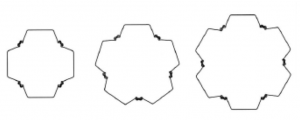
High Modulus Piles
Buttressing a sheet pile wall with deep universal beams placed in ‘soldier’ fashion creates a high modulus pile. See figure. This type of section provides additional bending moment capacity and bearing capability. The UB’s are welded back to a pair of Z profile sheet piles and all three are driven clutched to the next panel.
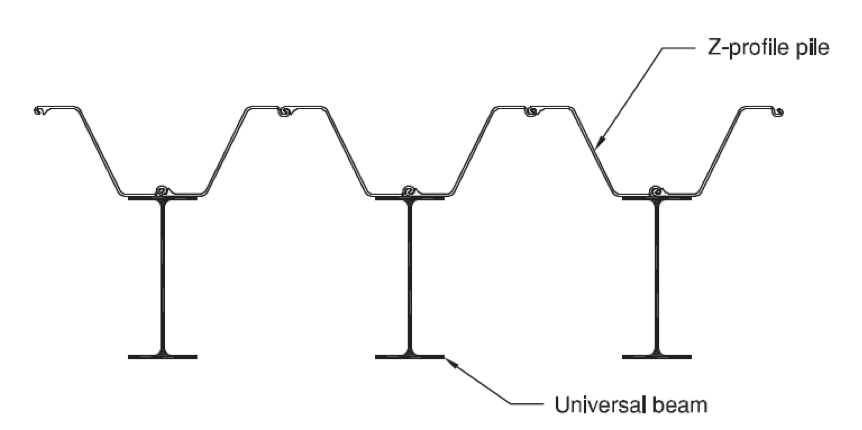
Combined walls
Combined walls are another form of part-fabricated piling used to form walls for deep excavations. They comprise steel bearing piles acting as structural supports in conjunction with secondary sheet piles acting as intermediate earth retaining infill elements. These walls provide increased stiffness or if necessary provide improved bearing capacity.
The combined wall can be formed from alternating tubular and sheet piles. The tubular piles take vertical loads and stiffen the wall. See figure
For a HZ walls system, proprietary I sections are interlocked with Z profile piles, using a specifically designed hot-rolled connector. See figure.
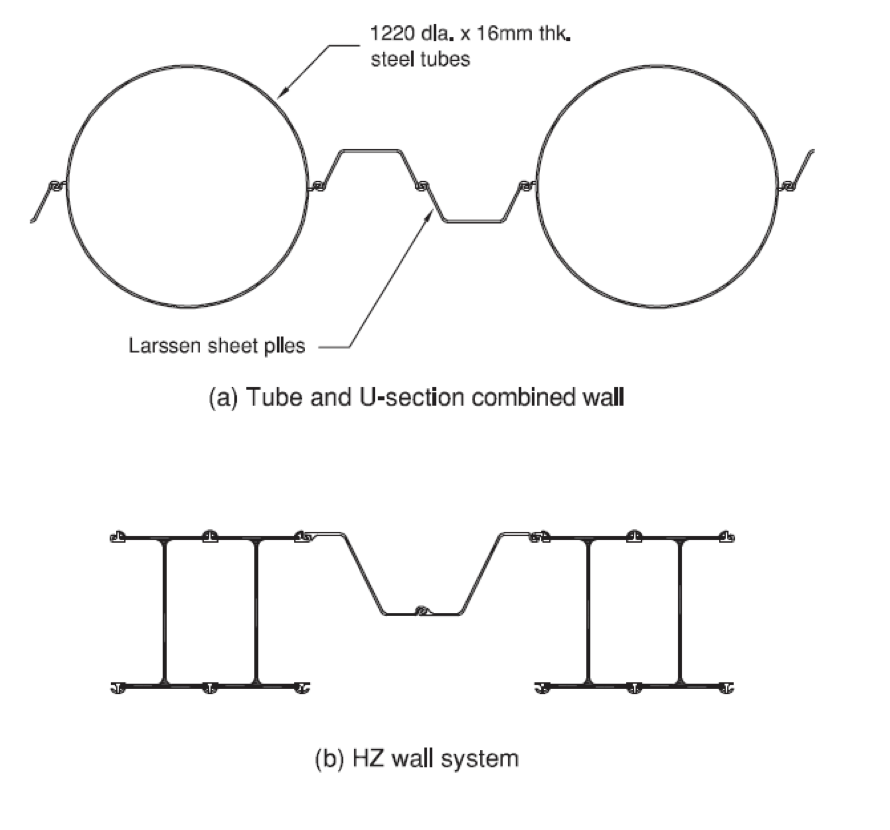
Read about Comparison of Sheet Piles
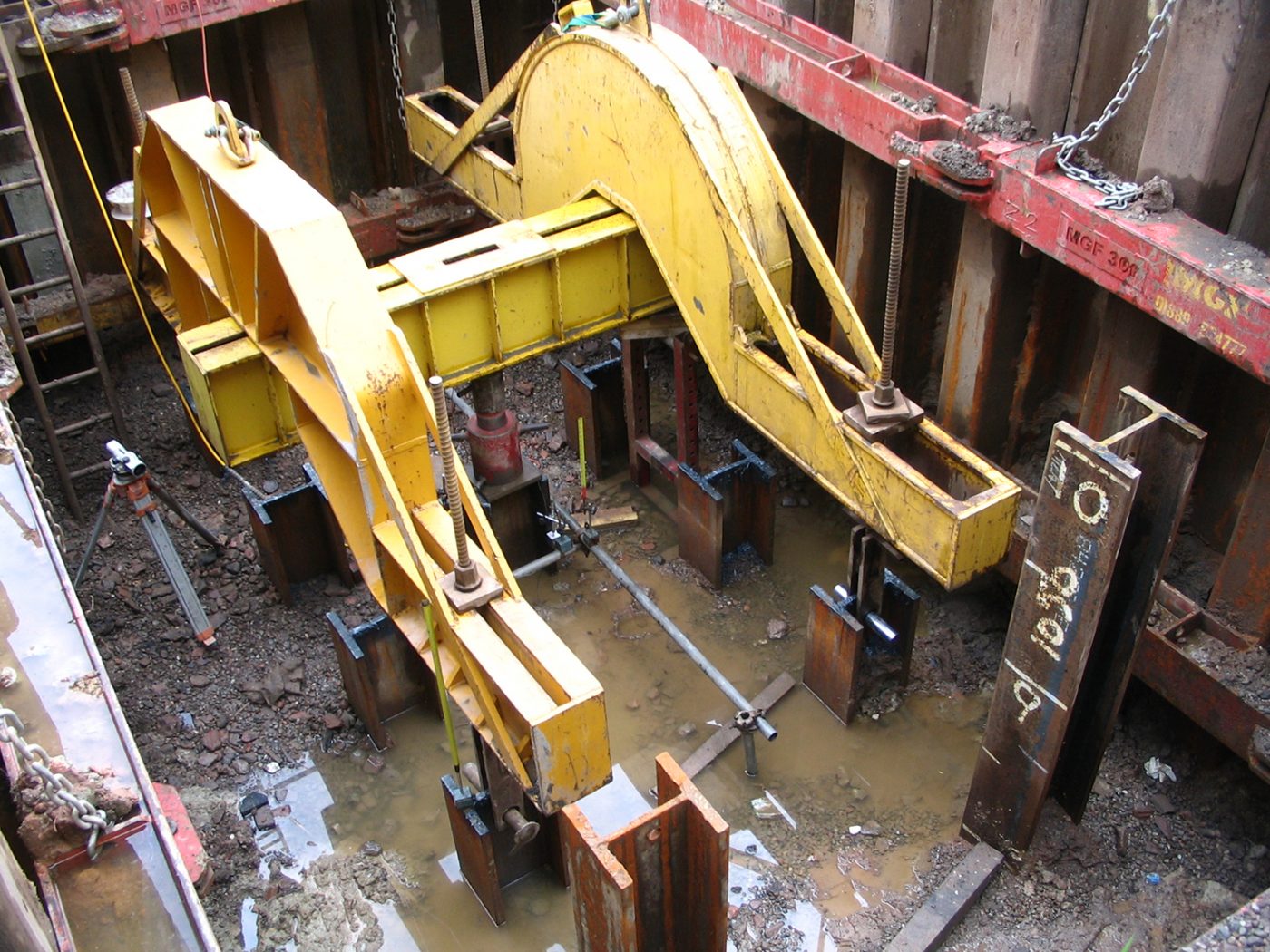
Case Studies
A selection of our work
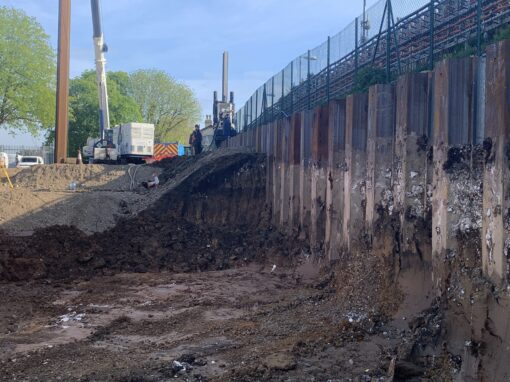
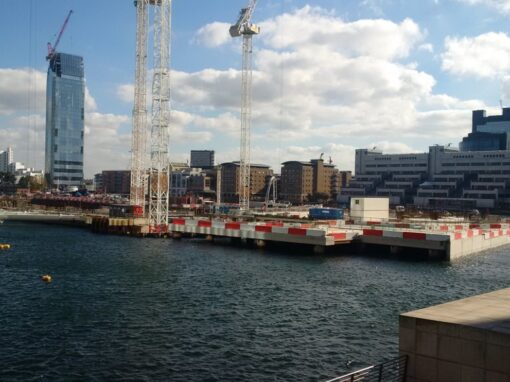
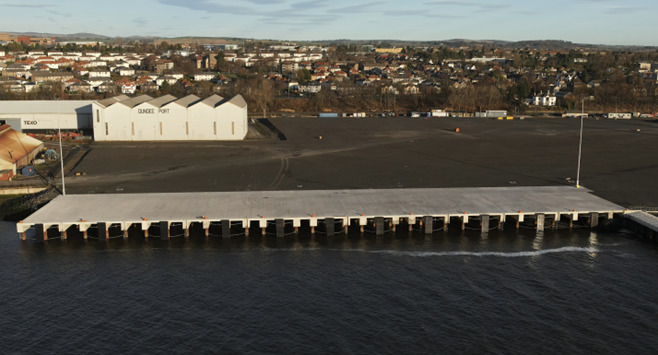
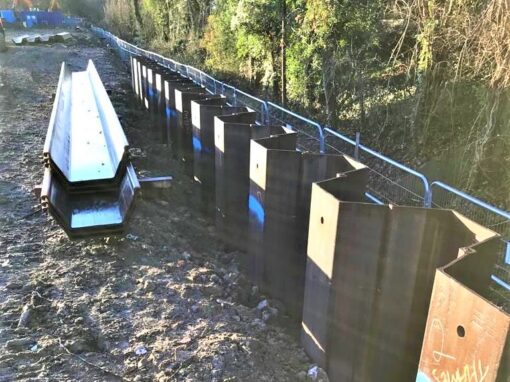
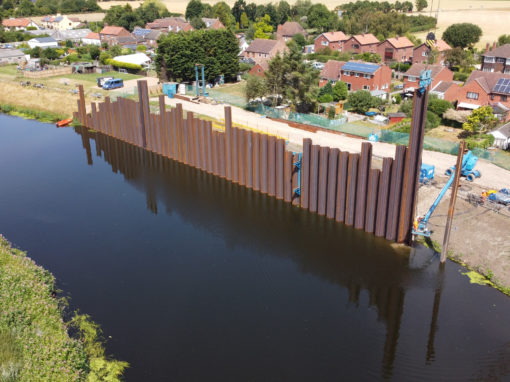
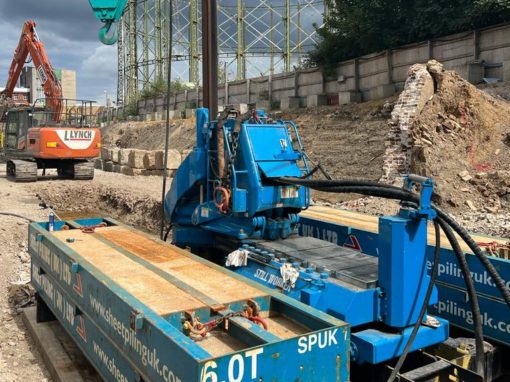
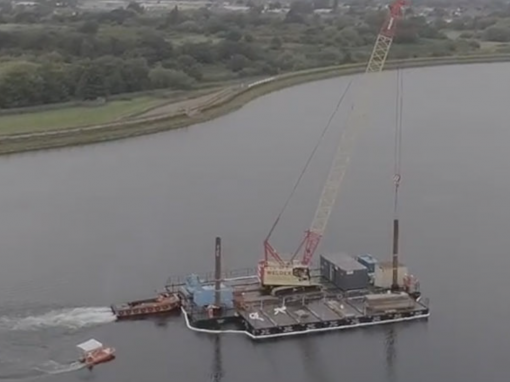
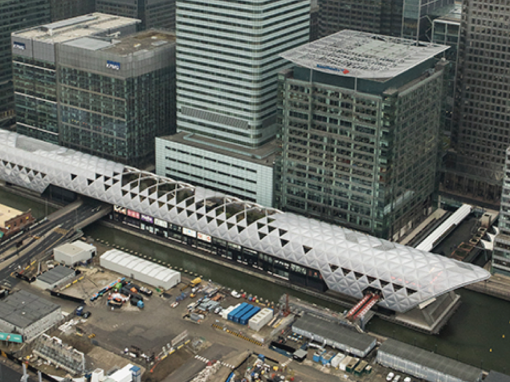
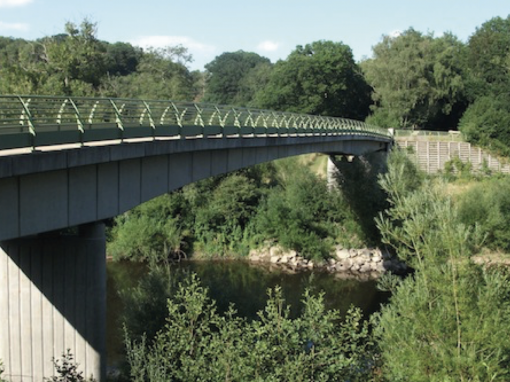
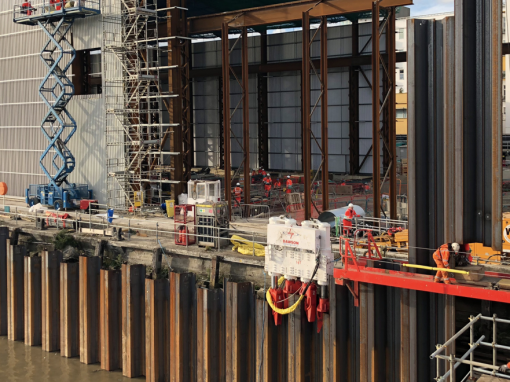

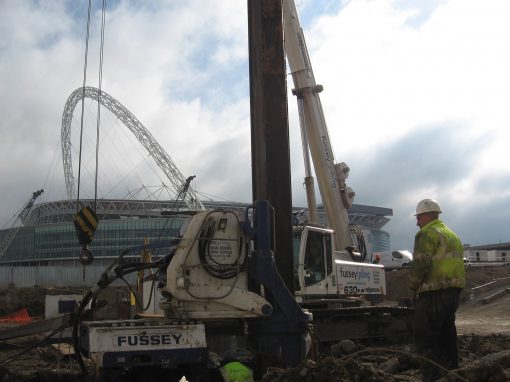
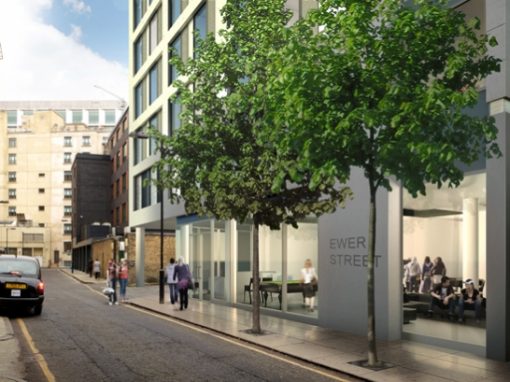
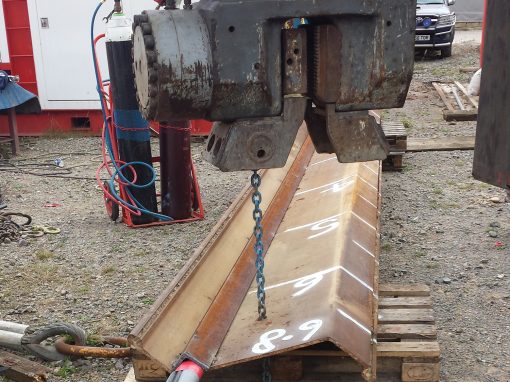
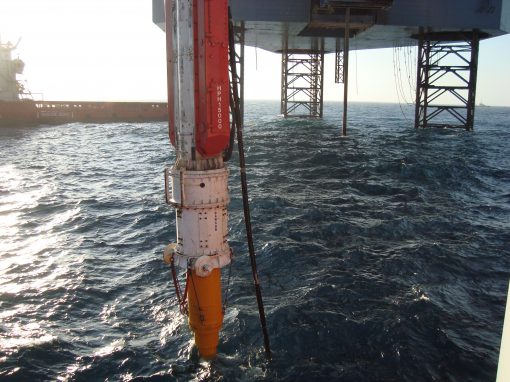
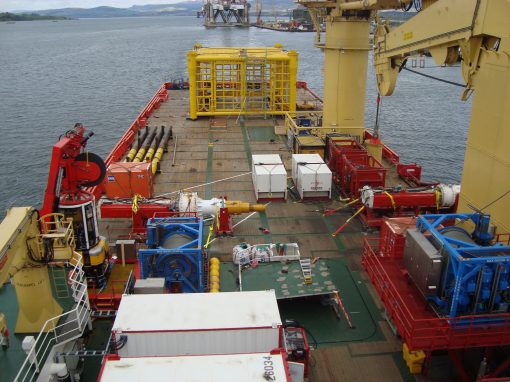
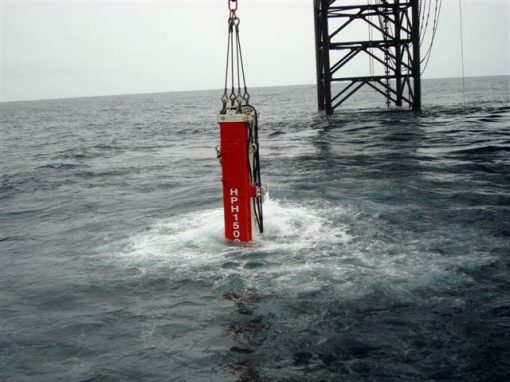
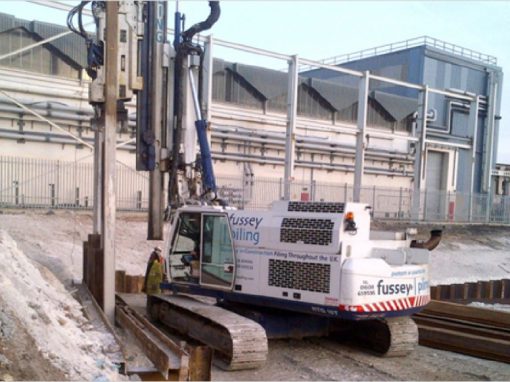
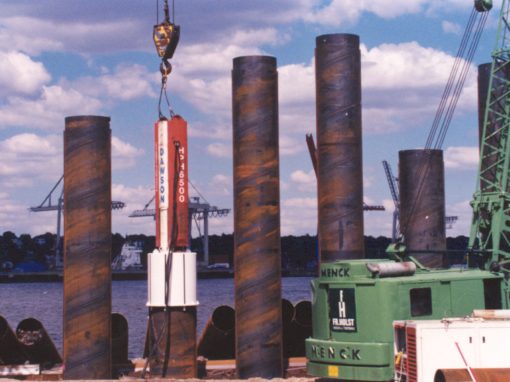
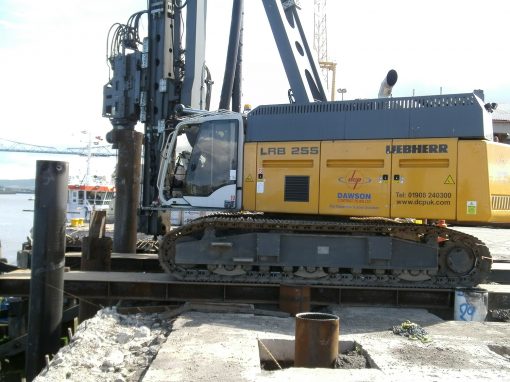
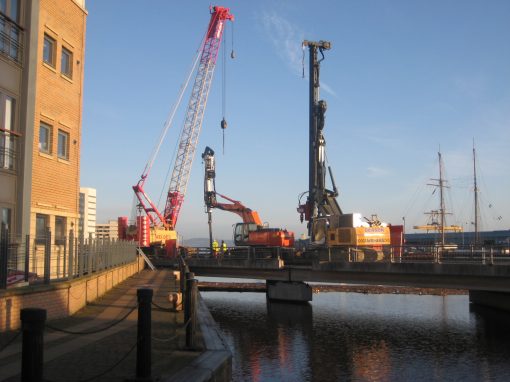
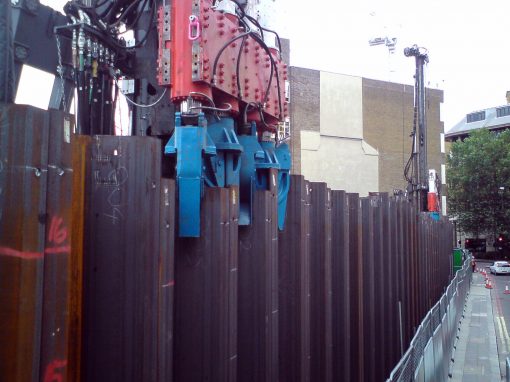
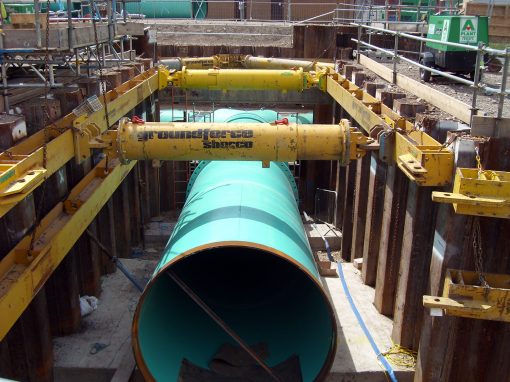
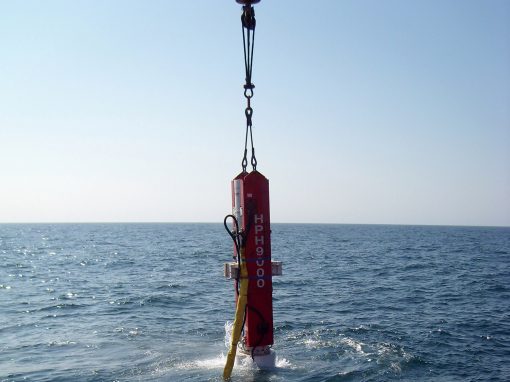
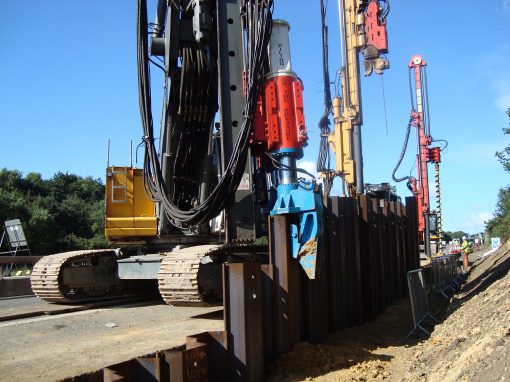
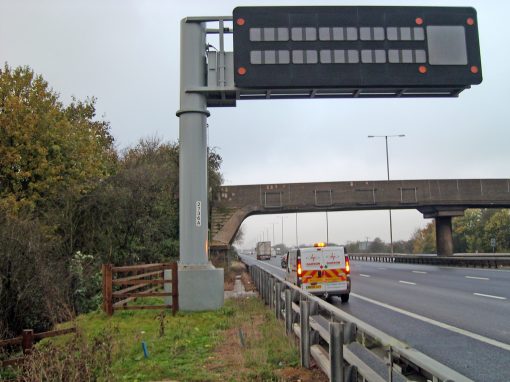
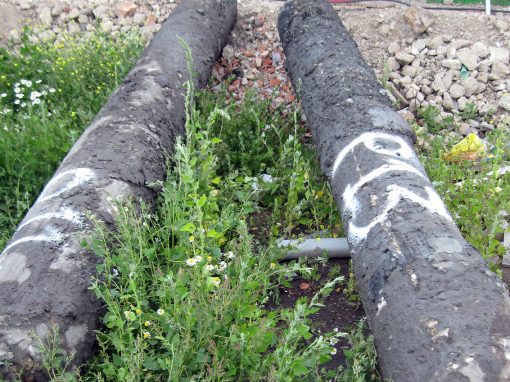
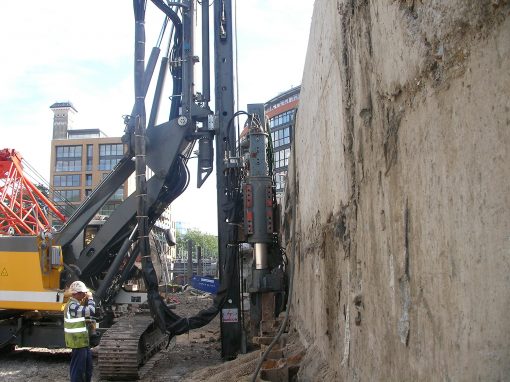
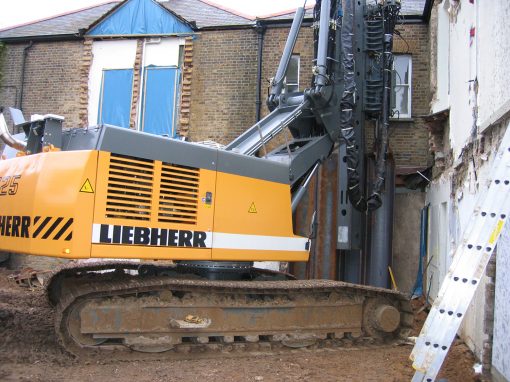
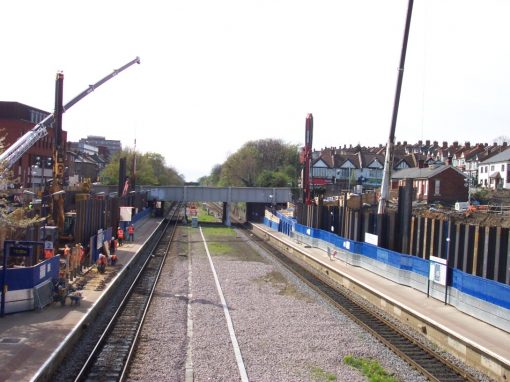
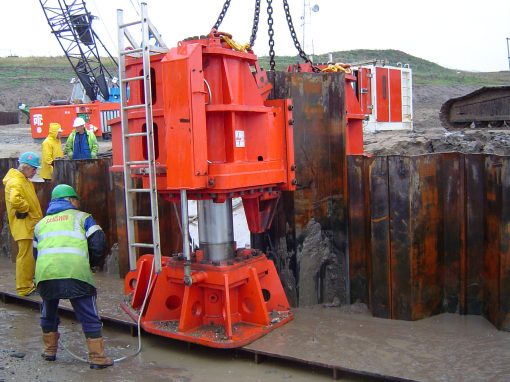
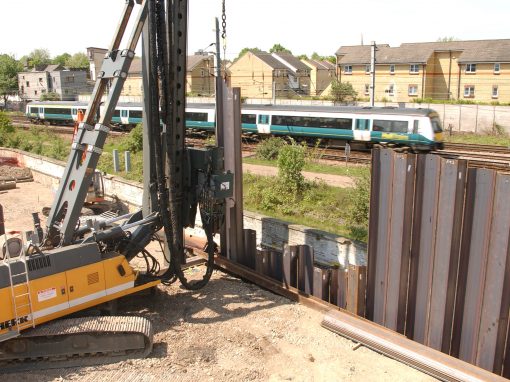
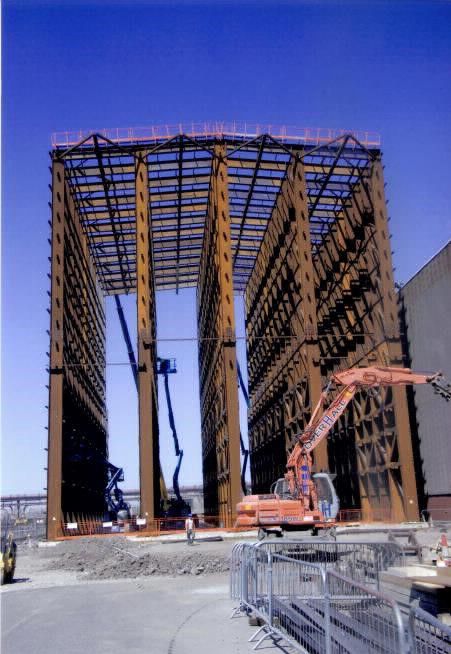
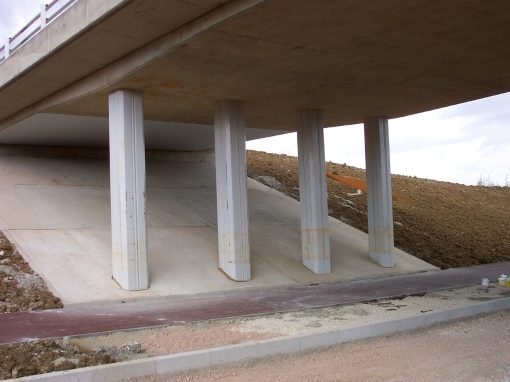
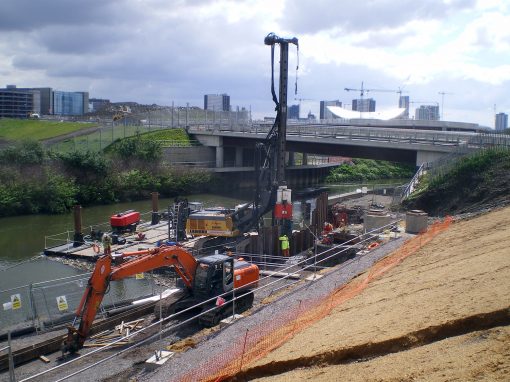
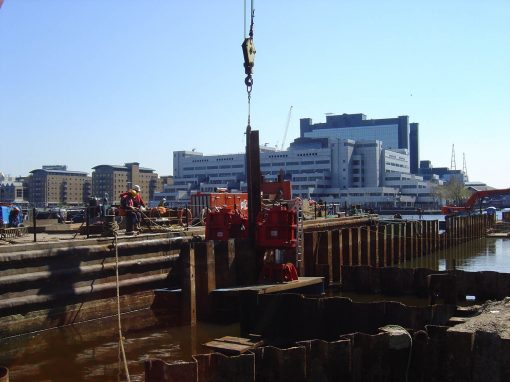
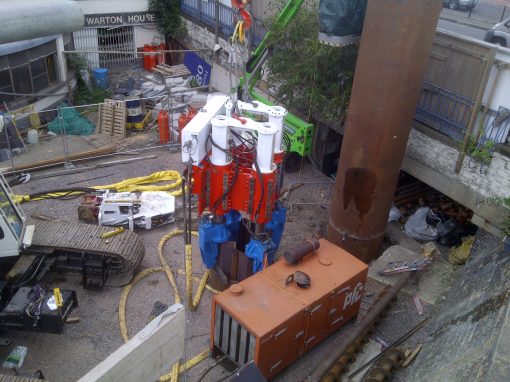
Steel Piling Group, C/O SCI, Silwood Park, Unit D, Buckhurst Road, Ascot ,Berkshire. SL5 7QN
E: info@steelpilinggroup.org

© Copyright 2018 Steel Piling Group
Terms & Conditions | Privacy Policy
